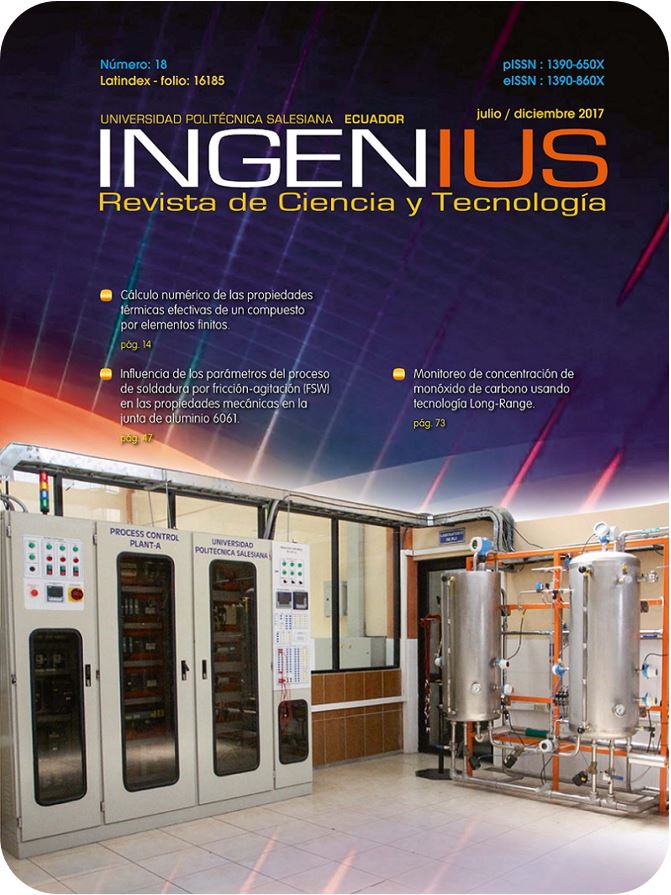Study of influence of the opening of the windows and the speed of circulation in the aerodynamics of a vehicle tourism
Main Article Content
Abstract
Article Details
The Universidad Politécnica Salesiana of Ecuador preserves the copyrights of the published works and will favor the reuse of the works. The works are published in the electronic edition of the journal under a Creative Commons Attribution/Noncommercial-No Derivative Works 4.0 Ecuador license: they can be copied, used, disseminated, transmitted and publicly displayed.
The undersigned author partially transfers the copyrights of this work to the Universidad Politécnica Salesiana of Ecuador for printed editions.
It is also stated that they have respected the ethical principles of research and are free from any conflict of interest. The author(s) certify that this work has not been published, nor is it under consideration for publication in any other journal or editorial work.
The author (s) are responsible for their content and have contributed to the conception, design and completion of the work, analysis and interpretation of data, and to have participated in the writing of the text and its revisions, as well as in the approval of the version which is finally referred to as an attachment.
References
[2] K. Shete, «Influence of automotive air conditioning load on fuel economy of IC engine vehicles,» International Journal of Scientific & Engineering Research, vol. 6, pp. 1367-1372, 2015.
[3] F. Chen y P. Qian, «Vehicle Wind Buffeting Noise Reduction via Window Openings Optimization,» SAE world congress, 2008.
[4] Z. Ying-Chao, Z. Jing, L. Jie y Z. Zhe, «Wind tunnel tests and aerodynamic numerical simulations of car opening windows,» Int. J. of Vehicle Design, pp. 62 - 78, 2012.
[5] M. Jaffar, M. Kashif, I. Sultan y A. O. Ashraf, «Study on the effect of window opening on the drag characteristics of a car,» Int. J. of Vehicle Systems Modelling and Testing, pp. 311 - 320, 2014.
[6] G. Humberto y D. l. V. Roman, Análisis y diseño de experimentos, Mexico D.F.: McGraw-Hill, 2012.
[7] M. N. Sudin, M. A. Abdullaha, S. A. Shamsuddin, F. R. Ramli y M. T. Musthafah, «Review of Research on Vehicles Aerodynamic Drag Reduction Methods,» International Journal of Mechanical and Mechatronics Engineering, pp. 37-45, 2014.
[8] K. D. Abdollah y M. S. Z. Y. Ali, «Green Nature and Reducing of Air Pollution with Vehicle Drag Coefficient Correction,» Advances in Energy Engineering, pp. 28-33, 2013.
[9] M. A. Acosta y W. P. Tello, Estudio del aire acondicionado en el consumo de combustible, potencia del motor y confort térmico en la cabina de un vehículo liviano, Quito, 2016.
[10] Suzuki, Manual del Propietario, Hamamatsu, 1991.
[11] F. Aparicio, C. Vera y D. Vicente, Teoría de los vehículos automóviles, Madrid, 1995.

